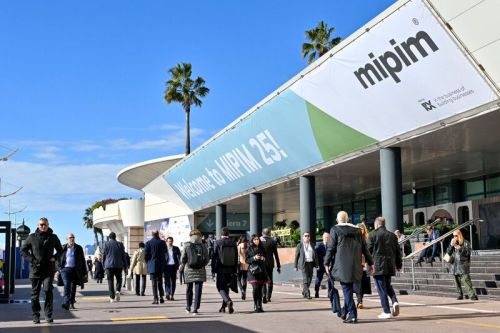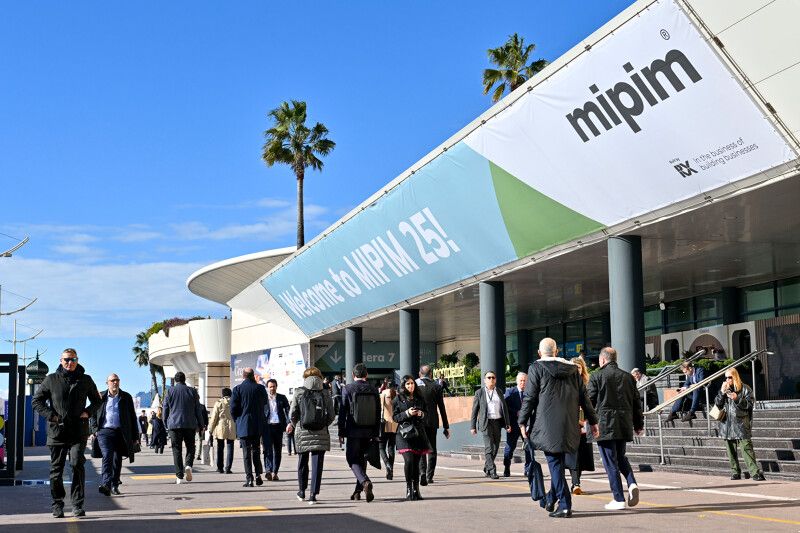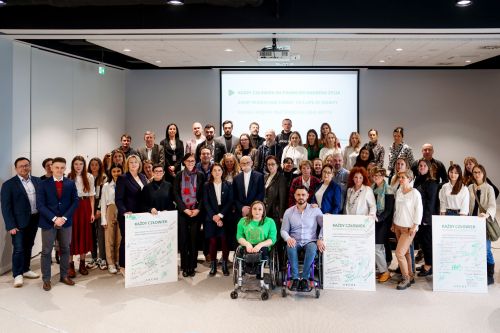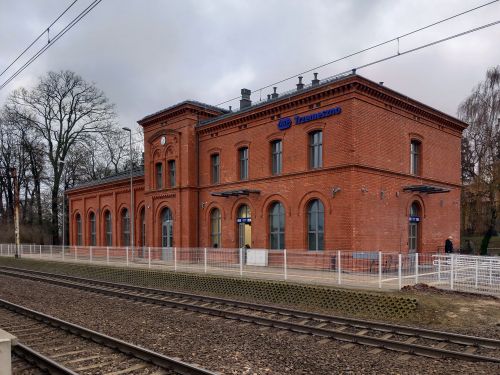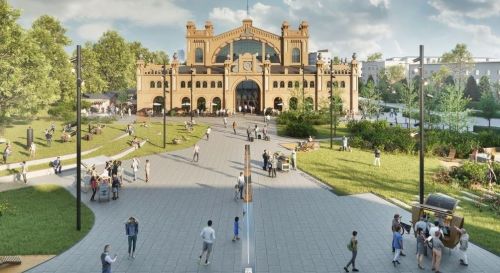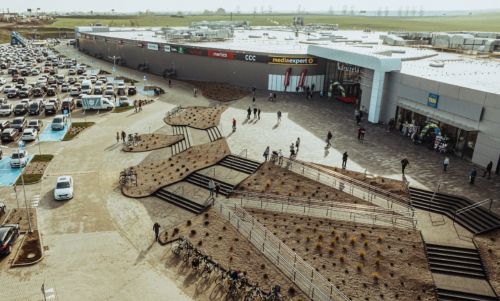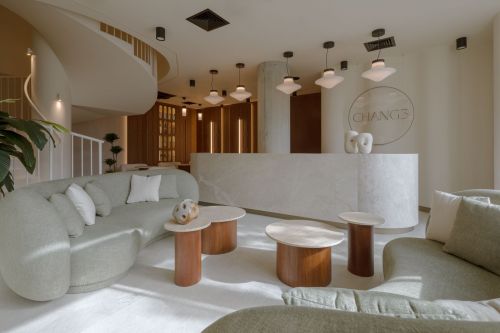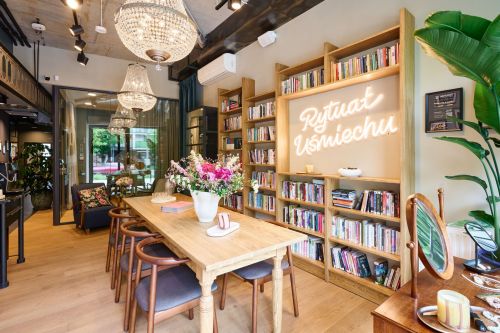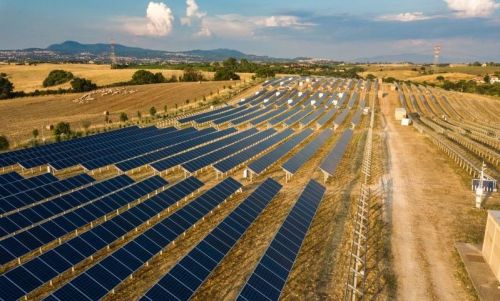At the end of June 2017, total class ‘A’ warehousing stock in the country had reached 11.79 mln sqm, after a 12 pct increase y-o-y in H1, with new warehouse supply totalling 707,000 sqm – up by 9 pct on the same period of 2016.
The largest supply levels were noted in the Bydgoszcz-Toruń region (113,000 sqm), followed by Poznań (112,000 sqm), central Poland (91,000 sqm), Upper Silesia (85,000 sqm) and the Warsaw suburbs (82,000 sqm). A total of 34 projects were completed in H1 2017, the largest of which were: the extension of P3 Błonie park (47,000 sqm), a BTS project for Agata Meble at Prologis Park Piotrków II (42,000 sqm), as well as two BTS projects in Bydgoszcz-Toruń for Kaufland (45,000 sqm) and Carrefour (38,000 sqm) developed by Panattoni. By the end of the period there was more than 1.6 mln sqm of warehouse space under construction – more than twice as much than a year earlier.
Despite the high supply, much of the new warehouse space is being abso




